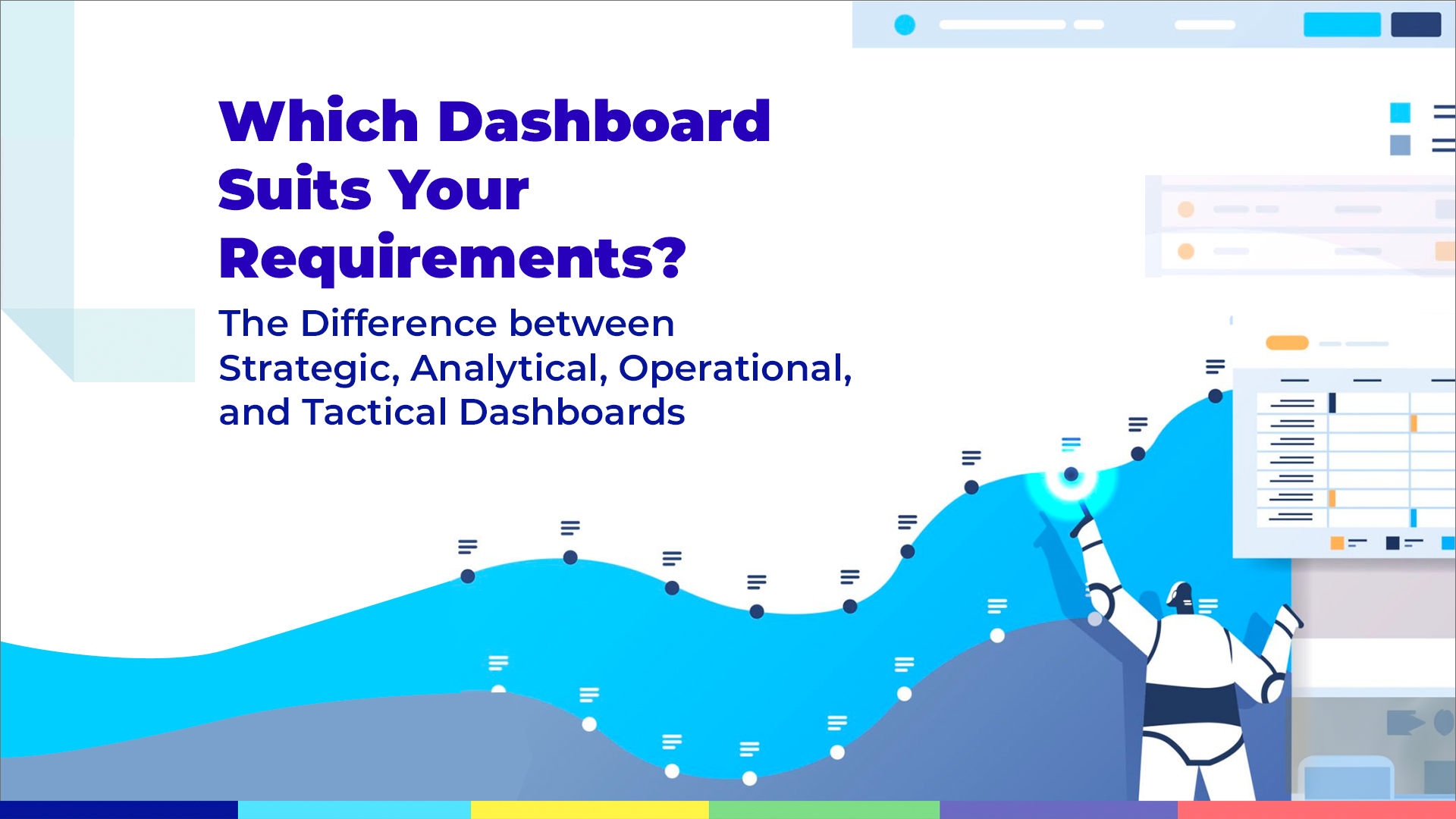The Power of Predictive Analytics in Business Intelligence (BI)
4 mins read
This blog post explains how predictive analytics can help businesses make informed decisions and gain a competitive edge.
Introduction:
In today’s rapidly changing business landscape, data has become a valuable asset. However, collecting and analyzing data is not enough. Businesses need to be able to predict future trends and outcomes to stay ahead of the competition. This is where predictive analytics comes in. In this blog post, we will explore the power of predictive analytics in business intelligence.
What is Predictive Analytics?
Predictive analytics is the use of statistical algorithms and machine learning techniques to analyze historical data and make predictions about future events. By analyzing patterns and relationships in data, predictive analytics can help businesses make informed decisions and gain a competitive edge.
Applications of Predictive Analytics in Business Intelligence:
Customer Segmentation:
Predictive analytics can be used to segment customers based on their behavior and preferences. By analyzing customer data, businesses can identify segments that are most profitable and target them with personalized marketing campaigns. According to a study by McKinsey, businesses that use customer analytics to drive marketing decisions see a 126% profit improvement over their competitors.
Fraud Detection:
Predictive analytics can be used to detect fraudulent behavior in financial transactions. By analyzing historical data and identifying patterns of fraudulent activity, businesses can identify and prevent fraudulent transactions in real-time. According to a study by the Association of Certified Fraud Examiners, businesses lose 5% of their revenue to fraud each year.
Supply Chain Optimization:
Predictive analytics can be used to optimize supply chain operations by predicting demand and optimizing inventory levels. By analyzing historical data and identifying patterns in demand, businesses can optimize their inventory levels and reduce stock-outs. According to a study by Capgemini, businesses that use predictive analytics to optimize their supply chain operations see a 3-5% increase in revenue.
Predictive Maintenance:
Predictive analytics can be used to predict equipment failures and maintenance needs in advance. By analyzing historical data and identifying patterns in equipment failure, businesses can schedule maintenance in advance, reducing downtime and maintenance costs. According to a study by Deloitte, businesses that use predictive maintenance see a 10-20% reduction in maintenance costs and a 25-30% reduction in downtime.
Case Studies:
Coca-Cola:
Coca-Cola used predictive analytics to optimize its vending machine placement. By analyzing customer data and identifying patterns in demand, Coca-Cola was able to identify the best locations for its vending machines. This led to a 9% increase in sales and a 3% increase in profits.
Netflix:
Netflix uses predictive analytics to recommend content to its users. By analyzing viewing history and identifying patterns in user behavior, Netflix is able to recommend content that is tailored to each user’s preferences. This has led to a 75% reduction in customer churn and a 30% increase in customer engagement.
Here are two case studies of B2B companies that have successfully implemented predictive analytics:
IBM:
IBM has been using predictive analytics to optimize its sales operations. By analyzing historical data on customer behavior, buying patterns, and sales team performance, IBM has been able to identify the most promising leads and prioritize them for its sales team. This has helped IBM increase its sales effectiveness and improve customer satisfaction.
Additionally, IBM has been using predictive analytics to identify customers who are at risk of leaving. By analyzing customer behavior and engagement data, IBM has been able to proactively reach out to these customers and offer them personalized solutions to address their concerns. This has helped IBM reduce customer churn and increase customer retention rates.
SAP:
SAP has been using predictive analytics to optimize its supply chain operations. By analyzing historical data on demand, inventory levels, and logistics performance, SAP has been able to predict future demand and optimize its inventory levels and logistics operations accordingly. This has helped SAP reduce inventory carrying costs, improve product availability, and increase profitability.
Furthermore, SAP has been using predictive analytics to identify and prevent equipment failures. By analyzing sensor data from its equipment, SAP has been able to predict when maintenance is needed and schedule it in advance. This has helped SAP reduce downtime, improve equipment reliability, and reduce maintenance costs.
Both IBM and SAP have successfully leveraged predictive analytics to gain insights into their operations, optimize their processes, and improve their bottom line.
Conclusion:
Predictive analytics is a powerful tool that can help businesses make informed decisions and gain a competitive edge. By analyzing historical data and identifying patterns and trends, businesses can predict future outcomes and take proactive measures to stay ahead of the competition. With the growing availability of data and advances in technology, predictive analytics will become increasingly important in business intelligence. Businesses that embrace predictive analytics will be able to unlock insights, drive growth, and stay ahead of the competition.






